There are plenty of image formats that you can use to save high-quality photos.
Most of the time, if you want to save a high quality photo without data loss, you have to choose between TIFF or PNG. Both file formats have strengths and weaknesses and a lot of overlap in things that they can do.
This article will educate and help you decide which file format is better for you and what each one of them can do.
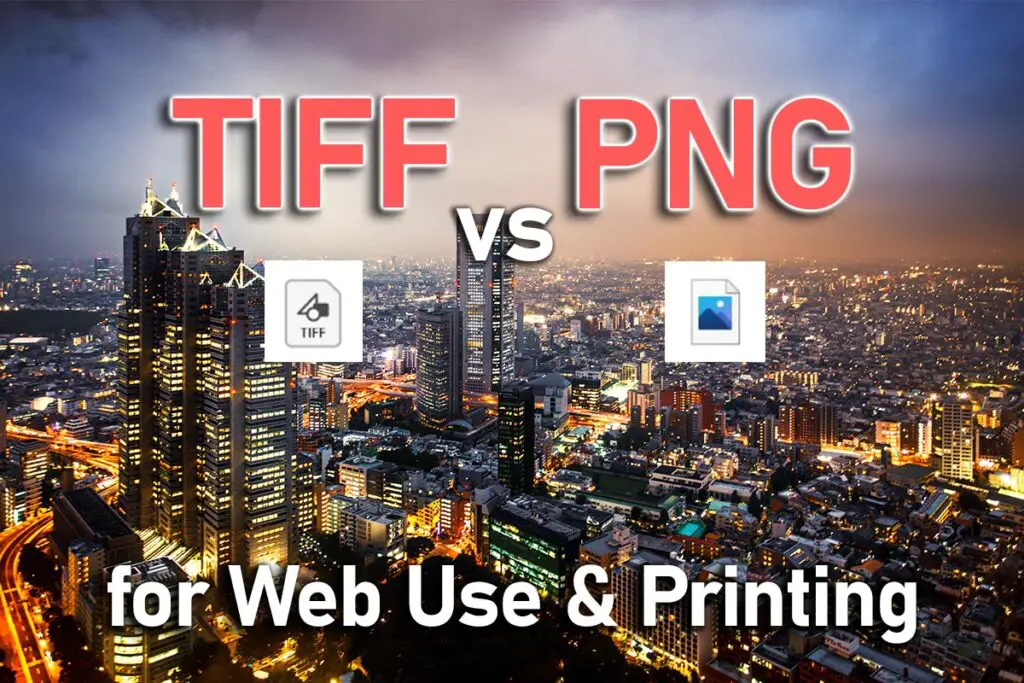
TIFF vs PNG Quick Comparison
There are a couple of differences between both file formats. You can find those differences listed in the table below.
| TIFF vs PNG Comparison | TIFF | PNG |
|---|---|---|
| Image Quality | Perfect image quality. | Perfect image quality. |
| Color Depth | 32 bits per channel maximum. | 16 bits per channel maximum. |
| Support for Transparency | Yes. | Yes. |
| File Size | Larger file size, especially with layers included. | Smaller file size. |
| Support for layers | Yes. | No. |
| General support | Supported by most applications, but sometimes with some limits. | Supported by pretty much everywhere. |
Is There a Big Difference Between TIFF and PNG?
The honest answer to this question is that it depends on the use case. In certain scenarios, like simple one-page scans, there aren’t many differences. In other scenarios, like saving a multi-layer photo edit, there are huge differences.
Both file formats will provide you with perfect image quality, but TIFF has higher color depth support. Using 32-bit color is extremely rare, however. So in practice, that difference isn’t that big.

TIFF has the upper hand in supporting layers, so for complex photo edits, it will keep all layers if you choose to do so, or for multi-page scans, it can work pretty much like a PSD file by keeping all the pages in a single file. PNG can’t do that.
If you need to save a graphic with transparency for web use, PNG produces smaller, simpler, and clean files that are supported by every browser. TIFF can’t really do that while being lightweight and supported.
For print, TIFF is a better option since it can support higher color depth and handles different color modes better. PNG is designed for RGB, while with TIFF, you can use CMYK with ease.
If you intend to save your image for viewing purposes, both files will handle the quality essentially the same. That is because most of the screens around you are barely 8-bit per channel.
If it is not a high-quality IPS panel or a good OLED, you aren’t even getting a real 8-bit per channel image. Instead, you get 6-bit color depth, with the last 2 bits being “massaged” to fit in the 6-bit.
High-quality displays can go up to 10 bit, but no display can reach 32 bit per channel color depth.
What does TIFF do well?
The main advantages of TIFF over other file formats are the color depth, various lossless compression methods, and layer support.

In other words, you can save a TIFF file as much as you want, and you won’t lose any quality or details. Moreover, you can even save all the layers you have created in Photoshop, so you can go back and edit anything whenever you want. The compression algorithm will reduce the file size significantly but never at a loss of quality.
If you need transparency, you can save a TIFF with it.
If you need high color depth, you have 32 bits per channel available for all the gradients your eyes can see and then some.
Moreover, TIFF files can use other color spaces like CMYK effectively for inkjet or offset printing.
Briefly, the advantages of TIFF are:
- Perfect image quality.
- Layer/pages support.
- Can handle different color spaces like CMYK.
- Lossless compression will reduce the file size without penalties in quality.
What does TIFF fail to do well?
The TIFF file format aims to be a jack of all trades, but that comes with the downside of being a master of none.
Since TIFF supports layers, the files can get really large quickly. Saving layers is like saving multiple images into one file.
The maximum file size that a regular TIFF supports is 4GB.
With modern cameras that can shoot at 40 megapixels or more, a simple edit of a couple of layers in 16-bit color depth can easily reach a gigabyte or two.
TIFF falls short at:
- Layers increase file size significantly.
- The maximum file size is 4GB.

What does PNG do well?
Being designed to send images and graphics over the internet with transparency support, mainly as a successor to GIF, the PNG file is widely accepted and supported.
It has lossless compression, meaning that you won’t lose image quality, but that means larger file sizes when compared to file formats with lossy compression like JPEG.
In short, PNG does well in these areas:
- Perfect image quality.
- Lossless compression.
- Has transparency support.
Where does PNG fall short?
Since PNG is designed mainly for web use, it does not really handle other use case scenarios very well. For printing, you are limited to RGB only.
You can not save your edits with layers, meaning that you can only save a flattened copy.
Lastly, the color depth is slightly limited when compared to TIFF.
Summed up, PNG falls short in these areas:
- No layer support.
- Limited to RGB only, no CMYK support.
- Limited to 16-bit per channel maximum.
TIFF vs PNG for Web and Display use – Which one is better?
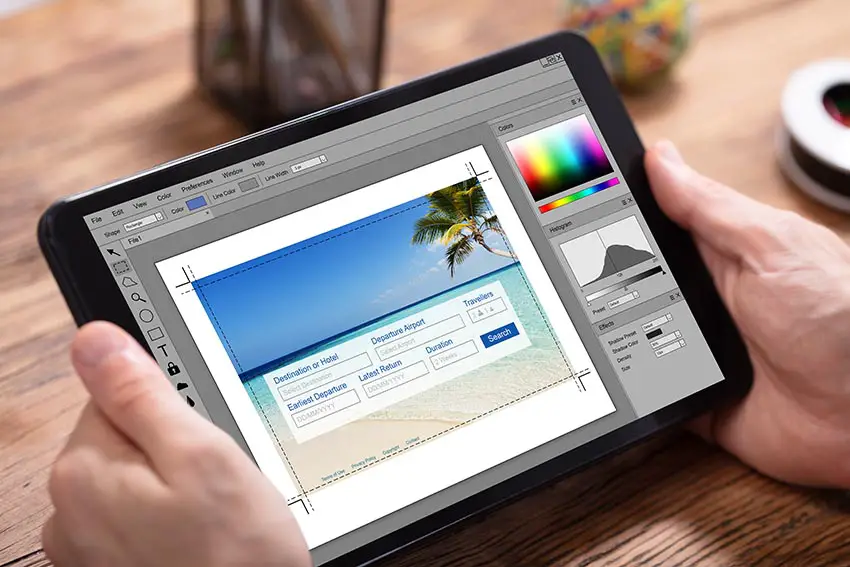
Given the file size limitations of the web services, where smaller files always win, TIFF is just too heavy for that use.
PNG, on the other hand, has a smaller and simpler file, thus making it a better choice for web use. Especially for graphics, where a more limited color depth can be used.
For display use, on the other hand, it doesn’t really matter whether you use TIFF or PNG. Both can have a much wider gamut than the average (or even top-of-the-line) display can reproduce. In this case, it is a tie, and it’s simply a matter of preference.
PNG vs TIFF for Print and Scanning

There are several ways you can print a photo, however in essence, printers are split into two groups: RGB and CMYK printers.
RGB printers are usually dedicated photo printers, while CMYK printers range from simple home printers to massive industrial-scale machines.
The reality is that PNG is limited to RGB color space, while TIFF can handle various color spaces, including RGB and CMYK. That, in turn, makes it a better choice for printing since it can satisfy almost all printing needs.
Scanning, on the other hand, is a different story.
Each file type has different pros and cons depending on the scan you intend to do. If it is a single-page scan, then PNG would be a better choice because of the smaller file size.
If you want to do a multi-page scan, then the layer support of the TIFF would be a better solution since it can save all of the pages in a single file.
In short, when comparing PNG vs TIFF for printing:
- For print, TIFF is a more robust solution due to CMYK and RGB support.
- For a single-page scan, PNG is better due to its smaller file size.
- For multi-page scans, TIFF is better due to layer/page support.
FAQs
Is TIFF better than PNG?
PNG is a smaller file format than TIFF, making PNG better for web use, but TIFF is more robust for printing, as it supports CMYK and RGB color modes, plus has excellent layer / page support.
Why is TIFF good for images?
TIFF offers the choice of uncompressed or low-compression, meaning that you can save files repeatedly without losing quality, and also supports layers, meaning that you don’t have to flatten images before saving, preserving your edits for the future.
Read More:
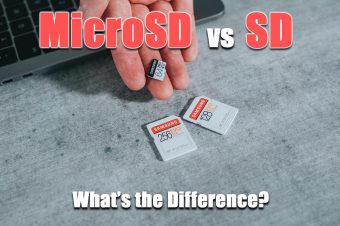
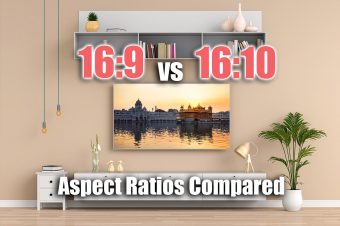
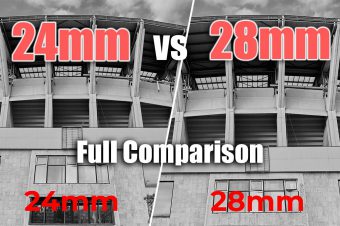
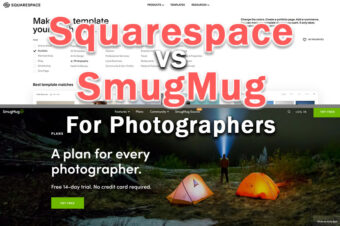
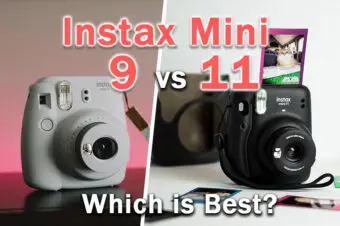
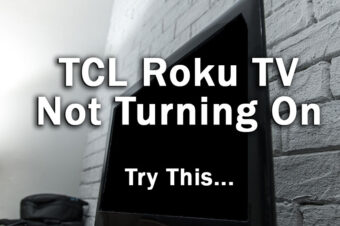
Leave a Reply